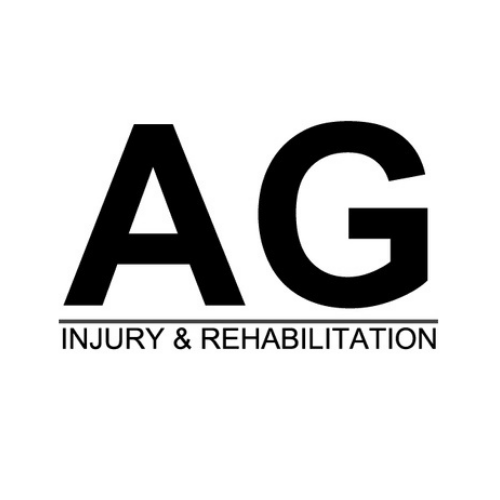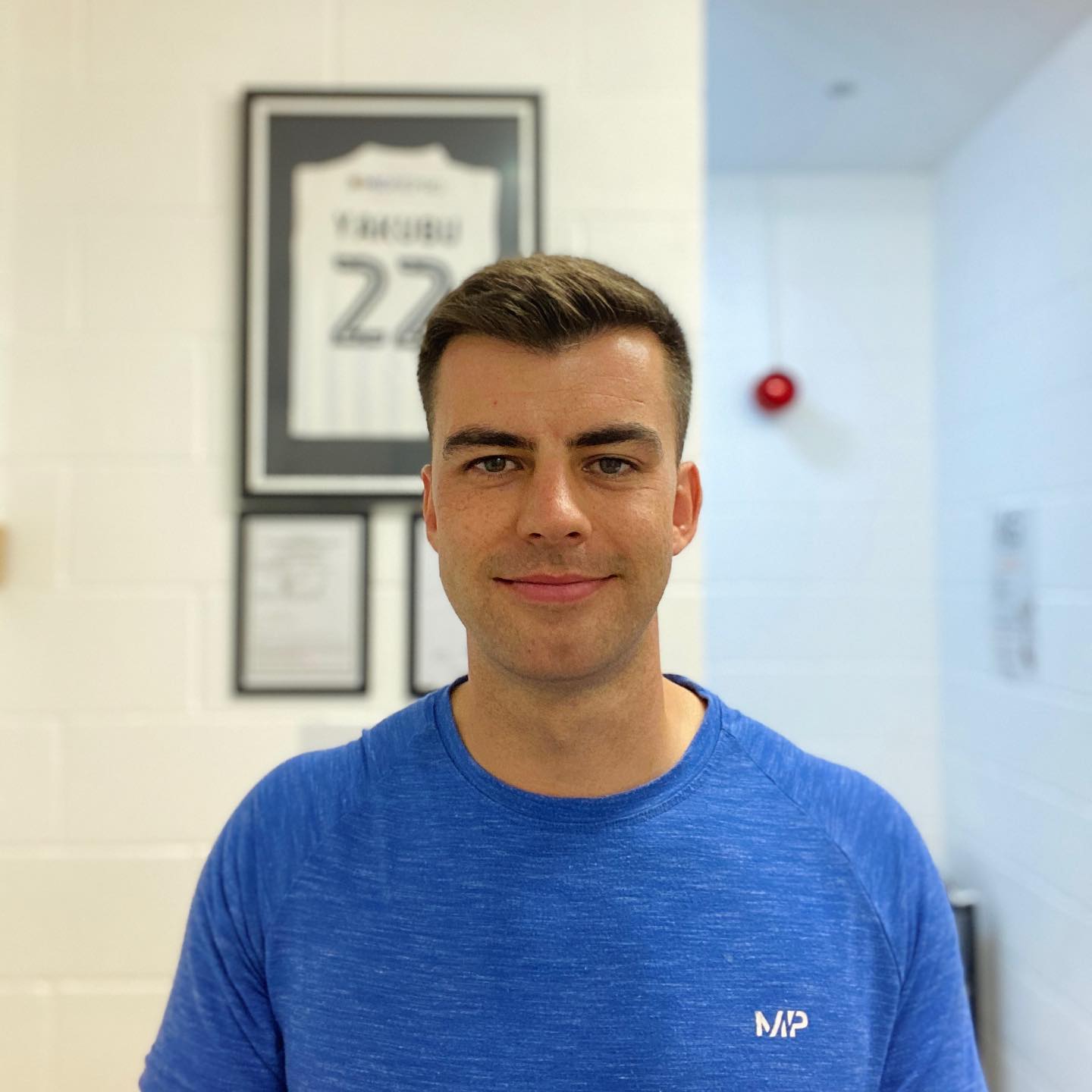
With the outbreak of the Coronavirus keeping us all at home and away from the gym, there has been an increase in the uptake in road running. With people fighting the effects of the quarantine snacks! With this, there has also been an increase in lower back pain when running, which is already a common issue in itself.
So to help with this, we've come up with a plan that you can do at home to reduce, to help manage any back pain and help you to carry on running!
What causes lower back pain when running?
Often then problem with managing lower back pain is that it could be caused by a variety of factors. However on the other hand, it can be reasonably straight forward to treat, once the cause is identified. Some of the following variables are the most common causes of lower back pain when running:
Flexibility
Poor flexibility and range of movement can put additional forces onto your skeletal system, that is already working overtime to adapt to the new stresses of running being applied to it. The most common muscle groups to cause lower back pain are the hamstrings, the glutes, quadriceps and the hip flexors. There are of course others that may contribute, but these are the main ones. They can all affect the position of your body both at rest and whilst running. For example, if your hamstrings are "tight", they may be pulling your pelvis into an anterior pelvic tilt, or they could be tight because you are in a posterior pelvic tilt. Either way, there is additional forces applied around the pelvis which may cause inflammation and irritation to the joint and produce pain. This is just one example and can be complicated in itself, but once you identify the causes of the tightness (weakness, muscular imbalance, anatomical issues - some address later on in this article), then you may be one step ahead in terms of treating your pain.
Muscular Imbalances
As touched on above, muscular imbalances can also contribute to a sensation of tightness and skeletal issues. All muscles work in pairs to produce skeletal movement. Imagine some removal men moving a sofa into your home (Chuckle Brothers style). One man will be walking forwards and another backwards when moving the sofa. If they both move at the same speed, together - the sofa will move in the right direction. However if one moves quicker than the other, they will begin to have issues. The longer this happens, the less efficient the moving of the sofa will be.
Now thing of bending your knee. To straighten your knee, your quadriceps (thigh muscles) need to contract and pull your lower leg up to straighten your knee. To do this, your hamstrings need to relax. If they are tight, you may find it more difficult to straighten your knee. For optimal, efficient movement; they must both be working/relaxing simultaneously. If one muscle in the pair is not working as best it can, you may start with small issues (e.g. tightness). If it either continues to tighten or is not addressed, the issues may become more severe and pain will increase.
The aim is therefore to get the removal men to work together in sync!
Technique/Cadence
There has been a lot of research in recent years, looking at the effect of cadence whilst running on injury rates. This is the amount of steps you take in a set amount of time, usually measured per minute. Recent studies have shown than increasing your cadence, so performing more steps per minute leads to a decrease in injuries.

According to PhysioWorks, a 5-10% increase in cadence led to 10% reduction in the demand of the gluteal muscles, 14% decrease in load on the knee, 3.7% less force applied to the Achilles Tendon, 8% reduction in plantar load and around a 20% reduction in ground reaction forces.
The handy infographic below gives you some tips on how to train your cadence to reduce injuries.

Recovery
In the case that overuse is the cause of any injury, load and recovery must be analysed. A poor recovery strategy means the structures of the body are not given enough time to heal between sessions and fatigue builds up gradually and inevitably results in injury. The amount of recovery required depends on each individual; an experienced runner may not need as much rest between 10k runs than a newbie, however it is also important to consider that a seasoned 5k runner may have started to train for a marathon... just because they have been running a number of 5k's each week on a 1-on, 1-off basis, doesn't mean they can run at this frequency when they increase their weekly mileage to train for a marathon.
You can usually easily self-manage training load by considering your rate of percieve exertion (RPE), muscle soreness after training and general feeling of wellbeing. However there are a few tools that take the decision out of your hands.
The Garmin 735XT watch has a recovery time advisor feature which calculates (from reading your heart rate) how long you should rest before your next run. This is a really useful feature for anyone exercising frequently, and will help reduce your likelihood of injury.
There are also features on Strava's premium membership that offer similar (yet possibly not as accurate) recommendations, along with other heart rate-related recovery smartphone apps.
Footwear
Insufficient support around your foot and ankles can dramatically increase your injury rate, not just in terms of back pain but also in terms of foot, ankle, knee and hip injuries. The purpose of solid supporting shoes is to absorb some of the forces generated while running. A study published in the Acta Physiologica Journal in 1989 reported up to a 300% increase in the forces generated through the ground whilst running in comparison to walking. This highlights how much more important the support your trainers provides you is when you run. Imagine being 3 times heavier and jumping up and down... your joints have to take that impact repeatedly during every run you go on.
According to top running brand ASICS, runners should change their shoes every 450-550 miles. This prevents your running trainers losing support and becoming less effective when absorbing ground reaction forces, taking some of the responsibility from your joints.
Nutrition/Hydration
Nutrition and hydration are both incredibly important factors in the management of not only injuries but also performance in general.
Adequate nutrition helps the body produce energy which obviously helps muscle function whilst running. A balanced diet also increases the body's ability to recovery between sessions. A good blend of carbohydrates and protein has been proven to be optimal in when recovering from exercise.
95% of your body is made up of water. This helps regulate bodily functions and temperature. For every 1% decrease in body weight as water there in an increase in core temperature of .10 to .40 degrees Celsius.
Dehydration of just 2% of your body mass causes noticeable reductions in physical and mental capacity. This includes the body's ability to function effectively. If your muscles cannot work in a capacity that they should, considering the increase in forces going through your body, as outlined above, your risk of injury increases considerably.
Losses of 5% of body weight through sweat and dehydration during exercise decreases the capacity for work by up to 30%! Drink plenty of water before exercise, and keep it topped up throughout. Adding electrolytes into your water can help maintain levels important minerals lost through sweating.
What are the next steps?
Follow the guidance above. We have years of experience working with people just like you. No running injury lasts forever if the correct guidance is followed.
Be patient, it takes time to recover from any injury. If your back pain has gradually built up over time, it will take time for your pain to reduce. You can optimise your recovery by taking all of the points above into account and following a specific lower back pain rehabilitation programme, but ultimately, there are no magic fixes and all you can do is be disciplined in sticking to it. Take your time, the last thing you want is for it to spike and start causing you issues again because you went back to doing the things that caused your pain in the first place!


